Writing: Memoirs

Vera Caspary
Vera Caspary was a prolific novelist, playwright, and screenwriter, best-known for her book, Laura, a murder mystery adapted into the 1944 film of the same name, now considered a classic. The female characters in Caspary’s novels and plays are strong, emancipated women, and her own concern with issues of prejudice and class consciousness are reflected in her works.

Roz Chast
One of New York’s most distinct Jewish cultural voices, Roz Chast is most famous for her New Yorker cartoons over the past four decades. Her works range from whimsical, irreverent, and quirky to poignant and heartbreaking, and she is widely considered one of the most comically ingenious and satirically edgy visual interpreters of everyday life.

Hélène Cixous
Jewish-Algerian-French writer Hélène Cixous published her first book in 1967 and approximately her eighty-seventh in February 2021. This “life writing” comprises poetic fiction and autobiography, literary and feminist theory, art criticism, and theatrical works. Cixous explores the myriad contradictions and consequences of loss and exile, of “being Jewish” and “being a woman.”

Rose Gollup Cohen
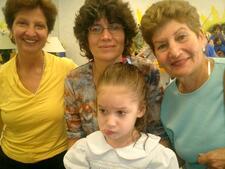
Dianne Cohler-Esses
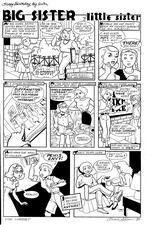
Jewish Women’s Comics and Graphic Narratives
The history of Jewish women’s comics and graphic novels can be traced back to early and mid-20th-century progenitors. With the underground comics scene of the late 1960s/early 1970s, several Jewish women laid the groundwork for the themes, styles, and communal ties that would be taken up by the post-underground. In the 21st century, the works of Jewish women in comics and graphic novels is booming.

Ruby Daniel
Ruby Daniel’s 1995 book, Ruby of Cochin: An Indian Jewish Woman Remembers, combines recounting of historical events with engaging storytelling. The book endures as a significant contribution to Jewish history and ethnography.
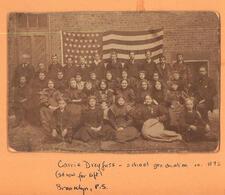
Carrie Dreyfuss Davidson
Carrie Dreyfuss Davidson became an important voice for women in the Conservative Movement as a founder of United Synagogue’s Women’s League and founding editor of its journal Outlook. Davidson exemplified the often-competing paradigms of Jewish homemaker and accomplished writer and community leader.
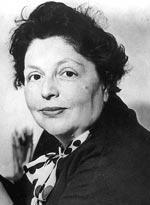
Lucy S. Dawidowicz
Lucy S. Dawidowicz was an American-Jewish historian whose influential and controversial works reflect her deep personal and academic commitment to the Jewish people. She spent time in Poland immediately before the Holocaust and time in Germany immediately after it. Dawidowicz’s works, which received numerous awards, concern American and Eastern European Jewry, and the Holocaust.

Ida Dehmel
Living a privileged existence in the wealthiest circles of German cultural society, Ida Dehmel became involved in circles of patronage of modern art that raised awareness for feminist issues, including women’s suffrage and equality for women’s artists’ associations. In 1916 she co-founded the Women’s Society for the Advancement of German Art.
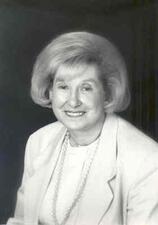
Florence Levin Denmark
Florence Levin Denmark helped found the field of women’s psychology and built crucial support for it in academic circles.
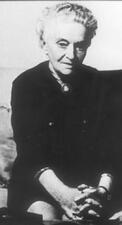
Helene Deutsch
Helene Deutsch was mentored by Sigmund Freud and was the first psychoanalyst to write a book on female psychology. In the 1920s she emerged as one of the most successful teachers in the history of psychoanalysis and in 1924 she became the first woman to head a psychoanalytic clinic.
Sophia Dubnow-Erlich
After finishing her education, Sophia Dubnow-Erlich became an active member of both the Social Democratic Labor Party and the Jewish Labor Party and wrote for Bund journals before fleeing Vilna for Warsaw in 1918. After emigrating to America in 1942, she remained politically active and continued her prolific writing career.
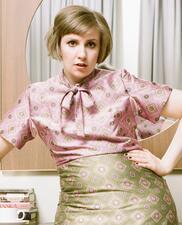
Lena Dunham
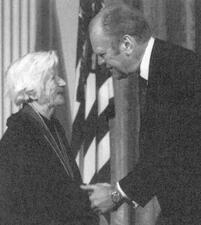
Ariel Durant
Ariel Durant was an internationally acclaimed writer. She helped her husband William Durant organize materials for his opus, The Story of Civilization. They coauthored numerous works, including Rousseau and Revolution, for which they won the 1968 Pulitzer Prize. The Los Angeles Times awarded her the 1965 Woman of the Year Award in Literature.
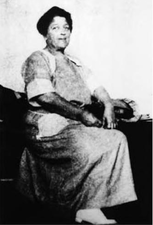
Josephine Sarah Marcus Earp
Impulsive, adventurous, and outspoken, Josephine Sarah Marcus Earp ran away from home when she was seventeen years old. Two years later, she joined destinies with western lawman, gambler, and entrepreneur Wyatt Earp. For forty-seven years, they roamed the West, mingling with well-known westerners on both sides of the law.
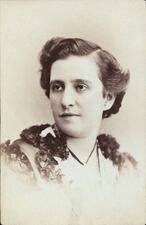
Rose Eytinge
Reportedly the first American theater actress to earn a three-figure salary, Rose Eytinge was praised for her fiery, passionate performances. Known for taking on physically demanding roles, on a performance tour stop in Washington, she was invited to the White House by President Abraham Lincoln. In 1905 she published her autobiography, Memories of Rose Eytinge, detailing her life in theater.

Edna Ferber
Prolific writer Edna Ferber celebrated America in her many works, even as she exposed its shortcomings. Her novel So Big won a Pulitzer Prize in 1925, and the film Giant and the musical Show Boat were both based on her novels. Ferber’s work was shaped by her childhood experiences of antisemitism and frequently featured strong and talented women.
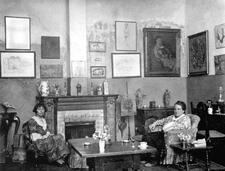
Fiction in the United States
Literature by American Jewish women reflects historical trends in American Jewish life and indicates the changing issues facing writers who worked to position themselves as Americans, Jews, and women.
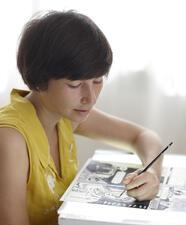
Liana Finck
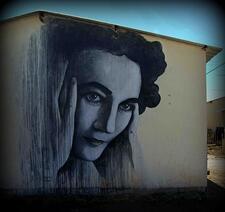
Ruth First
Ruth First was a prolific writer and her penetrating investigative journalism exposed many of the harsh conditions under which the majority of South Africans lived. As various restrictions prevented her from continuing her work as a journalist Ruth First became more and more involved with the underground movement that was changing its tactics from protest to sabotage.
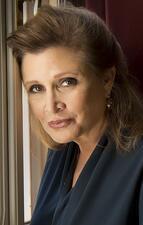
Carrie Fisher

Doris Fleischman
Doris Fleischman made history as the first American married woman issued a passport under her own name. Her prolific writing career and public feminism brought her national recognition.
Sarah Feiga Meinkin Foner
Born into a family that encouraged her love of Jewish learning, Sarah Foner asked to learn Hebrew when she was only five years old and published her first novel in her twenties. During her lengthy writing career, Foner’s publications often reflected her interest in Jewish and women’s issues and centered notably independent female characters.
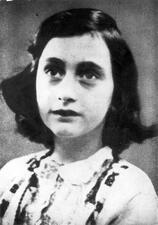
Anne Frank
Anne Frank is famous for the diary she wrote during the Holocaust, in which she describes her life while hiding in an Amsterdam attic. She was caught and perished in Bergen-Belsen. Her diary, which is often part of school curricula, has become one of the central symbols of the Holocaust and human suffering.


